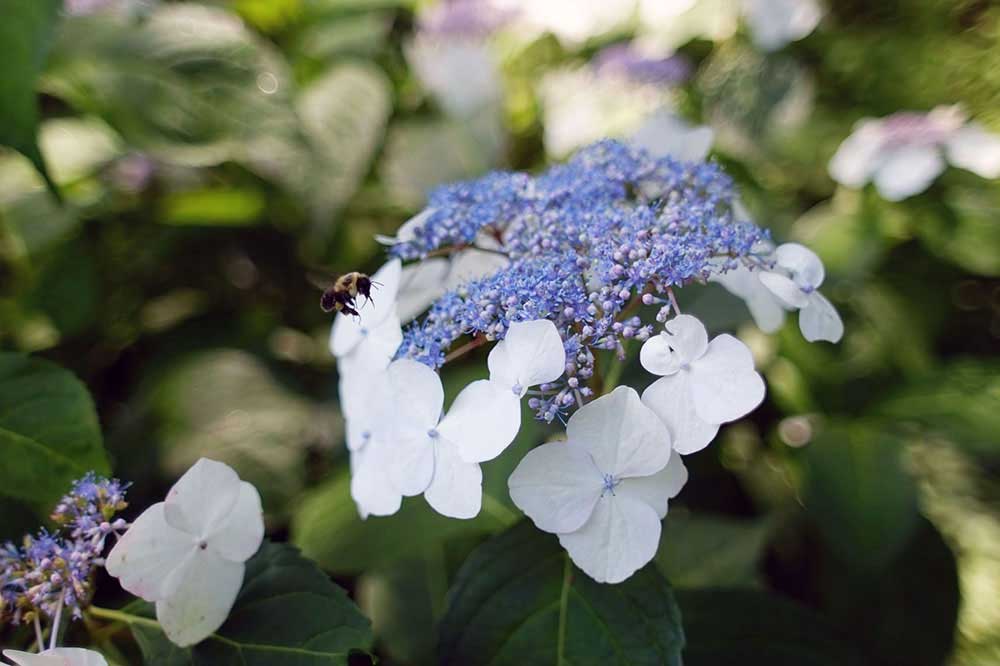Planting That Single Seed
By Susan Piperato | Fall 2015 | Hudson Valley Real Estate Market
One of the things I love most about being an editor is that, aside from the pleasure of working with words, there’s often much to be learned from the stories I assign and edit. Words, for me, are like seeds: The right one can plant a surprising new idea, feeling, or desire that can, in turn, grow into something wonderful and never before imagined.
One case in point is this issue’s “Artists and Arborists,” Jodi LaMarco’s article about Hortus Conclusus, a botanical garden, educational center, and edible landscaping business in Stone Ridge. Hortus Conclusus was founded by an artist couple who were looking to grow interesting flowers and fruit to use for their collages and drawings, but whose experimentation blossomed into a whole new life.
The article got me thinking about my own backyard, which I’ve worked on in stages over the years, and is due for an update. Each year I plant a very small and simple garden with only a few personal favorites—lots of tomatoes, basil, cucumbers, cilantro, and a lone fennel plant—but the rest of the yard is just a plain old lawn. And each summer, I struggle to keep that lawn from being encroached upon by the wild, often ungainly flora that thrives where I live.
What I realized after reading about Hortus Conclusus is that I’d never actually identified what plants I was battling out there. Suddenly, I wondered, could any of the plants I’d been chopping down and pulling up by the roots actually be edible?
I was especially intrigued by one unwieldy, thorny plant that bears clusters of berries shaped like raspberries but in a warmer, almost orange red. I picked one and sniffed it. It seemed like it would be the most natural thing in the world to go ahead and pop it into my mouth, but I held back. Instead, I ran back inside to consult a long-forgotten, dog-eared book—Identifying and Harvesting Edible and Medicinal Plants in Wild (and Not So Wild) Places by “Wildman” Steve Brill. My hunch was right: what I’d picked was a very edible wineberry, which, it turns out, tastes pleasantly like a sugar cube dipped in red wine.
Although the wineberry plant is native to China, it’s been in the Hudson Valley for a long time, and now grows wild alongside its native East Coast cousins, the raspberry and blackberry. If a wineberry bush can thrive in my backyard, I thought, so can some other types of berries. And why stop there, when I too can begin experimenting? After checking out Hortus Conclusus, I was soon dreaming of creating my own—albeit smaller—oasis of exotic flowers and fruit trees like persimmons, pawpaws, and currants—all of which, I was surprised to learn, are also natives.
As I write, it’s the very start of harvest time. The leaves on the trees are past their deepest flush of green, and my wineberries are mostly picked over by the birds. My backyard garden is replete with cucumbers and the tomatoes are just coming on. In my kitchen, my antique hutch is piled with books on edible gardening—A Northeast Gardener’s Year by New Paltz’s Lee Reich, a few titles by Rosalind Creasy, and of course, “Wildman” Steve Brill’s tome—along with a sketchbook in which I’m listing what I want to buy and drawing where I want to plant all of it. For me, this issue has planted that magical single seed. And what a harvest it will bring.
